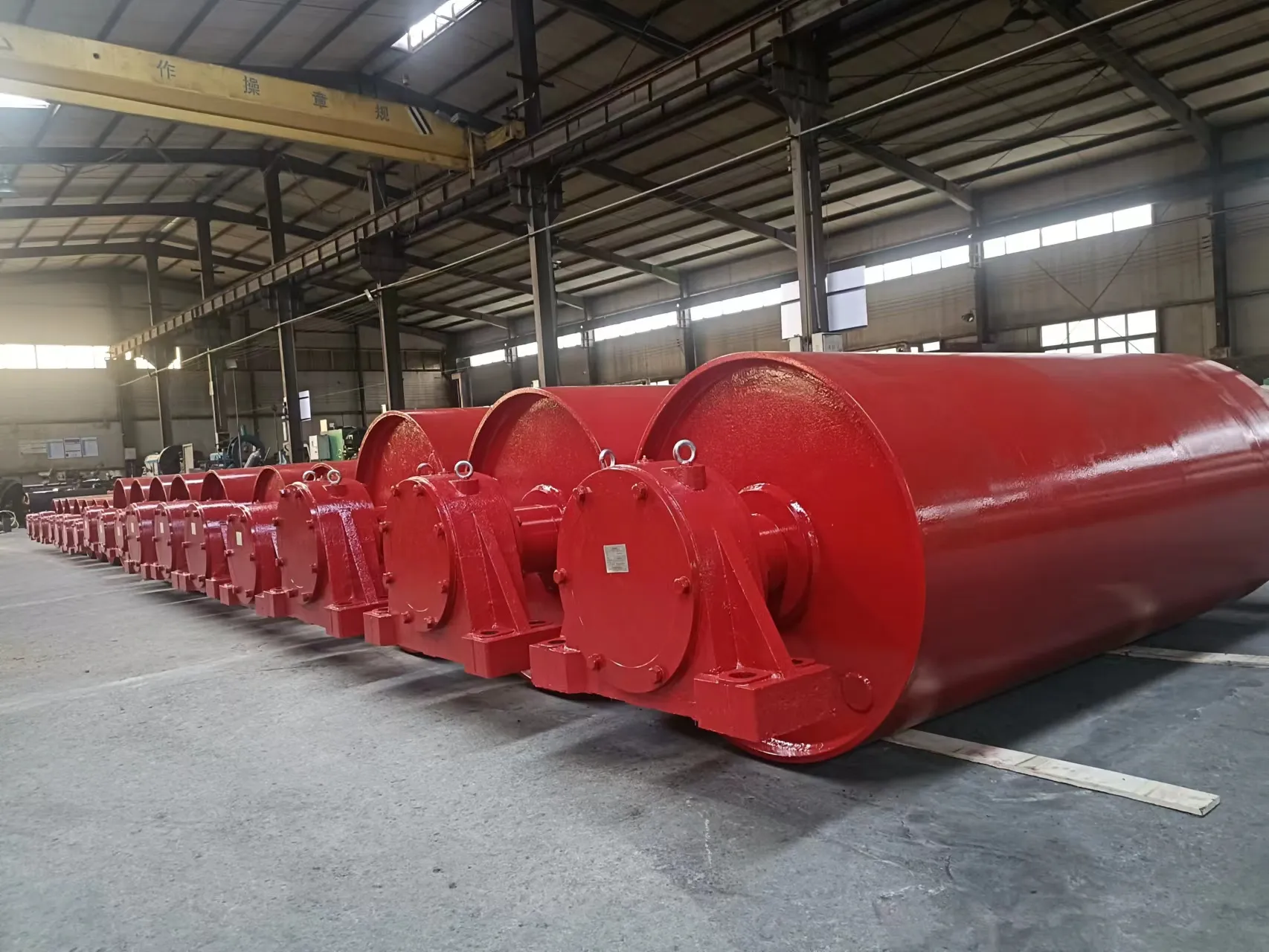 Afrikaans
Afrikaans  Albanian
Albanian  Amharic
Amharic  Arabic
Arabic  Armenian
Armenian  Azerbaijani
Azerbaijani  Basque
Basque  Belarusian
Belarusian  Bengali
Bengali  Bosnian
Bosnian  Bulgarian
Bulgarian  Catalan
Catalan  Cebuano
Cebuano  Corsican
Corsican  Croatian
Croatian  Czech
Czech  Danish
Danish  Dutch
Dutch  English
English  Esperanto
Esperanto  Estonian
Estonian  Finnish
Finnish  French
French  Frisian
Frisian  Galician
Galician  Georgian
Georgian  German
German  Greek
Greek  Gujarati
Gujarati  Haitian Creole
Haitian Creole  hausa
hausa  hawaiian
hawaiian  Hebrew
Hebrew  Hindi
Hindi  Miao
Miao  Hungarian
Hungarian  Icelandic
Icelandic  igbo
igbo  Indonesian
Indonesian  irish
irish  Italian
Italian  Japanese
Japanese  Javanese
Javanese  Kannada
Kannada  kazakh
kazakh  Khmer
Khmer  Rwandese
Rwandese  Korean
Korean  Kurdish
Kurdish  Kyrgyz
Kyrgyz  Lao
Lao  Latin
Latin  Latvian
Latvian  Lithuanian
Lithuanian  Luxembourgish
Luxembourgish  Macedonian
Macedonian  Malgashi
Malgashi  Malay
Malay  Malayalam
Malayalam  Maltese
Maltese  Maori
Maori  Marathi
Marathi  Mongolian
Mongolian  Myanmar
Myanmar  Nepali
Nepali  Norwegian
Norwegian  Norwegian
Norwegian  Occitan
Occitan  Pashto
Pashto  Persian
Persian  Polish
Polish  Portuguese
Portuguese  Punjabi
Punjabi  Romanian
Romanian  Russian
Russian  Samoan
Samoan  Scottish Gaelic
Scottish Gaelic  Serbian
Serbian  Sesotho
Sesotho  Shona
Shona  Sindhi
Sindhi  Sinhala
Sinhala  Slovak
Slovak  Slovenian
Slovenian  Somali
Somali  Spanish
Spanish  Sundanese
Sundanese  Swahili
Swahili  Swedish
Swedish  Tagalog
Tagalog  Tajik
Tajik  Tamil
Tamil  Tatar
Tatar  Telugu
Telugu  Thai
Thai  Turkish
Turkish  Turkmen
Turkmen  Ukrainian
Ukrainian  Urdu
Urdu  Uighur
Uighur  Uzbek
Uzbek  Vietnamese
Vietnamese  Welsh
Welsh  Bantu
Bantu  Yiddish
Yiddish  Yoruba
Yoruba  Zulu
Zulu Enhancing Conveyor System Performance with High-Quality Conveyor Pulleys
Conveyor pulleys are integral components of belt conveyor systems, responsible for driving the movement of the belt and ensuring the efficient transfer of materials. therefore, they play a crucial role in the productivity and reliability of material transport operations. This article explores the significance of conveyor pulleys and highlights the importance of investing in high-quality pulleys, as well as the need for proper alignment and tension to optimize performance.

The Vital Role of Conveyor Pulleys in Material Transport
Conveyor pulleys serve as the driving force behind the movement of the conveyor belt, transferring power from the drive mechanism to the belt and enabling the transport of materials. They are also responsible for maintaining the tension necessary for the proper functioning of the belt. The quality and condition of the pulleys directly impact the efficiency, reliability, and lifespan of the conveyor system.
Investing in Durable and Efficient Conveyor Pulleys
To ensure optimal performance of a conveyor system, it is essential to invest in high-quality conveyor pulleys. Durable pulleys made from robust materials can withstand the demands of continuous operation and minimize the risk of breakdowns. Additionally, efficient pulleys with smooth surfaces and proper alignment contribute to reduced friction and energy consumption, enhancing the overall performance of the conveyor system.
Maintaining Proper Alignment and Tension for Optimal Conveyor Pulley Performance
Proper alignment and tension are crucial for the optimal performance of conveyor pulleys. Misalignment can lead to belt wear, increased friction, and reduced efficiency, while insufficient tension can result in belt slippage and poor load handling capabilities. Regular maintenance, including belt tension adjustments and pulley alignment checks, ensures that the pulleys operate at their best, minimizing downtime and maximizing the lifespan of the conveyor system.
Conveyor pulleys are pivotal components in material transport systems, driving the movement of conveyor belts and ensuring the efficient transfer of materials. By investing in high-quality pulleys and prioritizing proper alignment and tension, businesses can enhance the performance, reliability, and lifespan of their conveyor systems. Regular maintenance and monitoring of conveyor pulleys are essential for minimizing downtime and maximizing productivity in material handling operations.
-
Impact Roller for Belt Conveyor – Durable Solutions for IndustryNewsNov.24,2025
-
Rubber Conveyor Rollers – Quiet, Durable, Sealed BearingsNewsNov.24,2025
-
Industrial Conveyor Belt Rollers: Durable Solutions for Harsh EnvironmentsNewsNov.24,2025
-
Idler Rollers for Belt Conveyors | Durable, Low-Noise OEMNewsNov.24,2025
-
Durable Rubber Conveyor Belt Rollers for Industrial UseNewsNov.24,2025
-
Ceramic Lagging Conveyor Pulley – Anti-Slip, Wear-ResistantNewsNov.17,2025





























